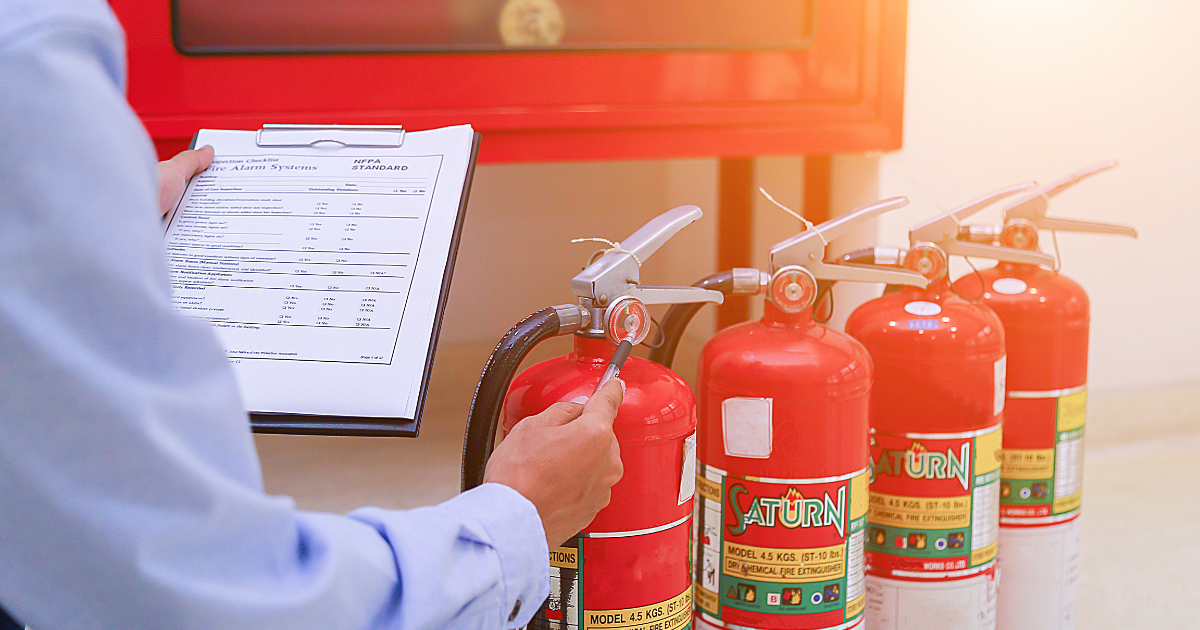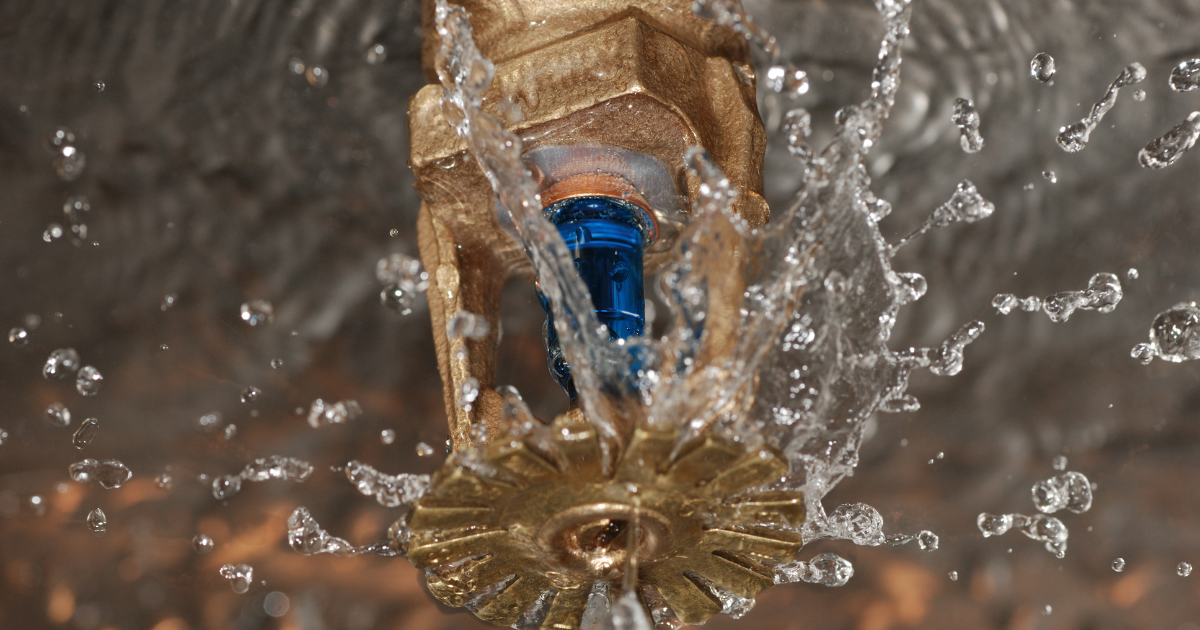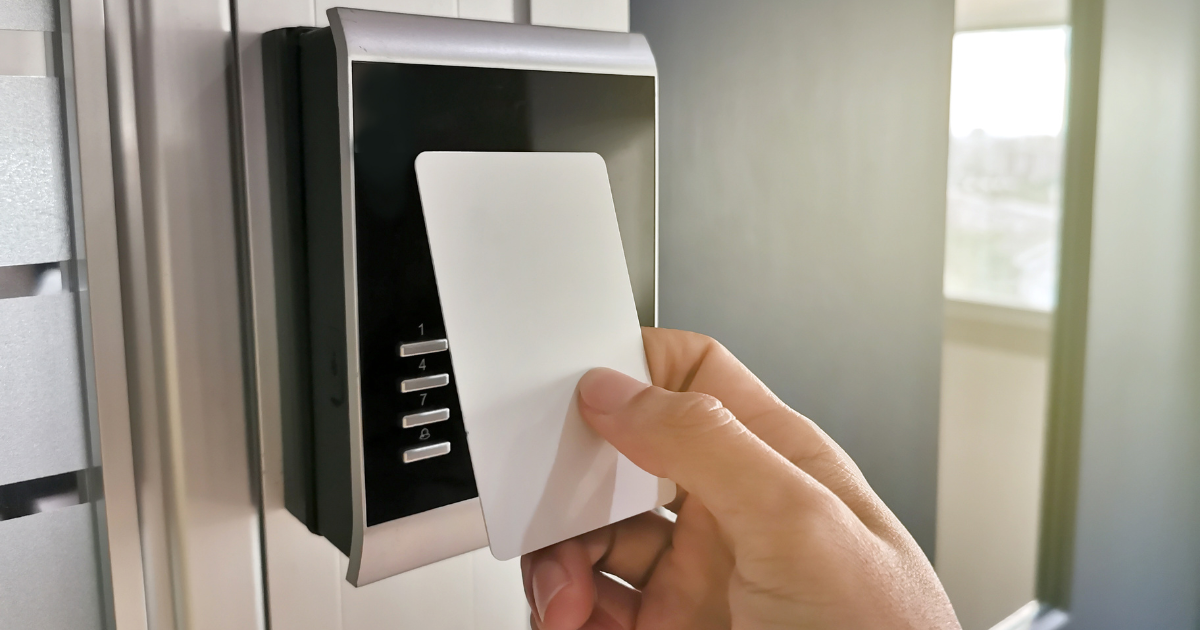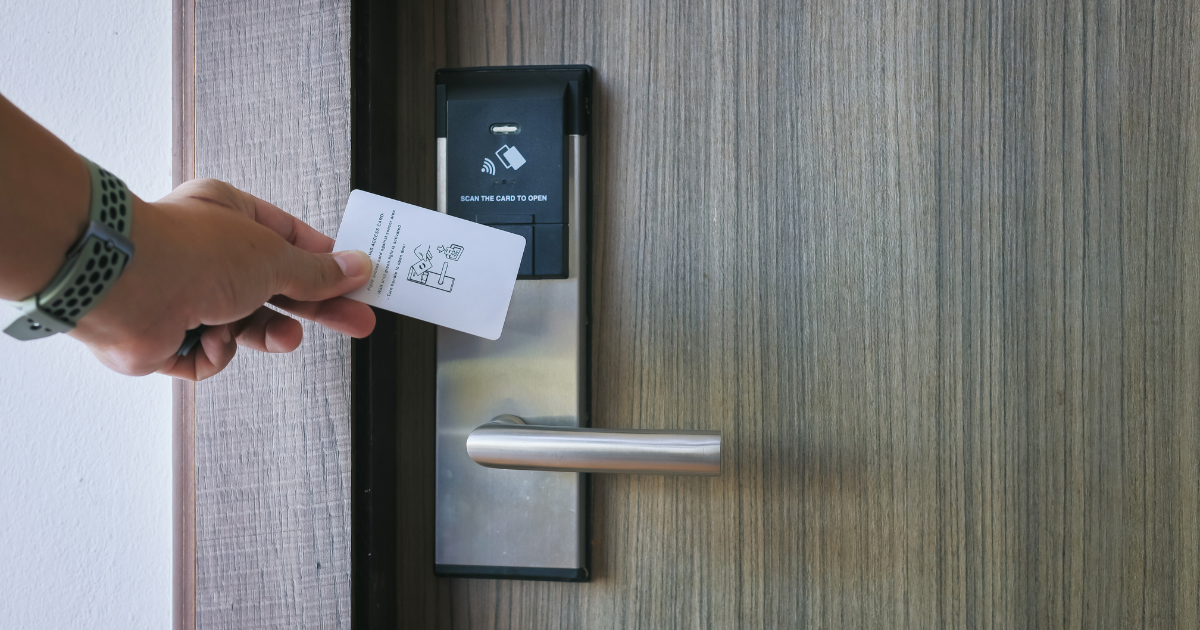How often should backflow prevention be inspected to ensure its functionality? This question is vital for ensuring that backflow prevention devices are working properly and effectively in maintaining water systems while mitigating any potential contamination risks.
As of 2017, about 68 million Americans were exposed to unsafe drinking water. Regular inspections are important to prevent backflow and ensure clean, uncontaminated drinking water.
Keep reading below to learn more about inspecting a backflow prevention device.
Importance of Backflow Prevention Devices
Backflow occurs if there is a difference in pressure at a cross-connection that allows non-potable and potable water supply to mix. Installing a backflow prevention assembly to ensure water flows in the right direction is one way of addressing this problem.
Backflow prevention devices are one-way gates. They allow water to flow only in one direction while preventing “backflow”. These devices are designed to automatically shut off the pipes and water valves in the system when pressure fluctuations are detected.
For residential owners, air gap, hose bib backflow protection, and irrigation system (may include double check valve assembly and pressure vacuum breaker assembly) are the most common types of backflow prevention assemblies.
On the other hand, commercial backflow prevention assembly types include reduced pressure backflow assembly, double check valve assembly, double check detector assembly, reduced pressure principle assembly, and vacuum breaker assemblies.
Backflow devices should match the unique hydraulic conditions present at each location and protect against all levels of risk present. Tests and inspections must be performed by a state-certified backflow tester.
As a responsible and proactive property owner, it is a must to have your backflow prevention devices inspected regularly.

How Often Should Backflow Prevention Be Inspected?
To ensure functionality, it is generally recommended to have your backflow prevention devices inspected every year. It is important to note that the NFPA 25 Standard for the Inspection, Testing, and Maintenance of Water-Based Fire Protection Systems requires periodic testing of backflow systems.
The frequency of inspections depends on local regulations, the type of device, and the systems they protect (e.g. an irrigation system or drinking water system).
Take note: Only certified backflow testers can conduct these inspections. Make sure to check if the professional you’re hiring is legally allowed to inspect backflow prevention systems in your locality. Check the list of certified Prescott-based service providers here.
New facilities are also required to test their systems upon installation. Repairs and retests should be made immediately if any issues are found. Typically, the property owner is responsible for all associated costs.
Why Do Backflow Preventers Have to Be Tested Periodically?

Testing backflow prevention devices is necessary for several important factors.
- Regular testing helps ensure the water supply meets legal and local authorities’ regulations, such as those set forth by the National Fire Protection Association.
- Periodic testing of backflow preventers is essential to ensure their proper operation and functionality. Over time, components may wear out or malfunction and reduce their capacity for backflow prevention. Testing helps identify issues or faults, which allows for timely repair or replacement.
- Regular testing reduces the risk of cross-contamination. Backflow prevention devices protect potable water sources from contaminants and non-potable liquids. Tests can be used to ensure their proper functionality, reducing the risk of contaminating water and protecting public health.
Backflow Inspection and Testing Process
During backflow testing, the following steps are typically taken:
- Evaluating plumbing systems: The water supply is briefly turned on to check if water flows in the correct direction. Leaks are monitored, and water pressure is measured and analyzed using gauges to ensure proper functioning.
- Testing backflow prevention devices: All valves, including pressure, relief, and air valves, are assessed to ensure they are operating within the prescribed operational timing.
Read our full backflow testing process guide here.
What Is the Life Expectancy of a Backflow Prevention Device?
Backflow preventers typically last five to 10 years. Conducting proper maintenance and regular inspections can help extend the device’s longevity.
How Often Should a Backflow Preventer Be Replaced?
As a general guideline, annual testing by certified professionals is needed to assess if the devices have to be repaired or replaced. Backflow preventer replacement frequency depends on several factors, including system type, usage pattern, and valve condition.
Here are signs that your backflow preventer needs a professional’s attention:
- Water leaking through the check valve: Leaks could indicate worn seals and damaged check valves that require replacement. Watch out for the presence of rust or corrosion around the valves.
- Frequent cycling: Cycling is an attempt to control water pressure. If the backflow relief valve cycles on and off more frequently than usual, it indicates a faulty valve that should be replaced.
- Incorrect valve closure: If the valve is not closed properly, contaminated water can flow back into clean water.
Contact a certified backflow testing or repair service in your area if any of these warning signs are present. They can determine what to do, assess the situation and perform the necessary repairs and replacements.
Have Your Backflow Device Inspected Now!
Overall, testing backflow prevention devices regularly is important to comply with state regulations, detect problems early, and protect water system integrity.
B&W Fire Security Systems is an accredited backflow prevention service provider in Prescott, Arizona. Don’t hesitate to contact us for further information about backflow prevention testing and inspection!
Have any questions in mind? Leave us a comment below and we’ll love to answer them!




